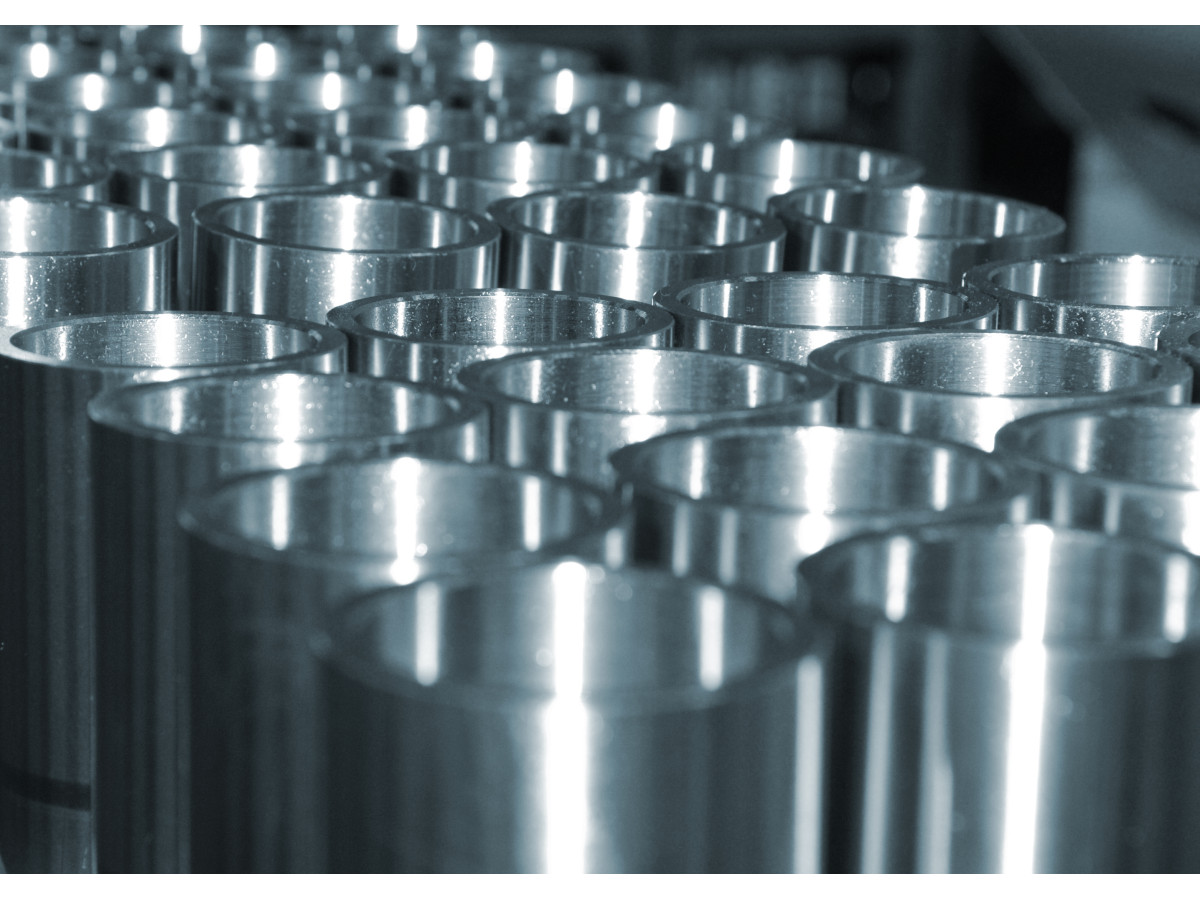In modern construction and engineering systems, the choice of the right material for the pipeline plays a key role in ensuring the reliability and durability of the structure. Galvanized pipes, which appeared on the market many decades ago, continue to be a popular solution. However, like any material, they have their strengths and weaknesses that need to be considered when designing water supply, heating, or ventilation systems.
Galvanized pipes are steel products coated with a layer of zinc, applied by hot-dipping or galvanization. This protective layer determines most of the characteristic properties of this material. Compared to other options—copper, plastic, and stainless steel pipes—galvanized products have a number of significant advantages.
Advantages of Galvanized Pipes
The main advantages of galvanized pipes include:
- Galvanized pipes are significantly cheaper than copper and stainless steel counterparts, making them an economically viable choice for many projects.
- Galvanized pipes have high mechanical strength and are resistant to various physical loads, ensuring the durability of structures.
- Due to the simple connection technology, the installation of galvanized pipes is quick and easy, reducing the time and cost of construction work.
- The high thermal conductivity of galvanized pipes makes them an effective material for heating systems, providing uniform heating of rooms.
- With proper operation, galvanized pipes can last over 25 years, significantly reducing maintenance and replacement costs.
- The zinc coating effectively protects pipes from corrosion, ensuring a long service life even in aggressive environments.
- Due to the low coefficient of thermal expansion, galvanized pipes maintain stability of connections and prevent leaks.
- Galvanized pipes are non-combustible materials and can be used in systems where high fire safety is required.
- Galvanized pipes are widely used in various engineering systems such as water supply, heating, ventilation, and air conditioning.
Despite many positive characteristics, galvanized pipes also have several disadvantages that may significantly limit their use in certain conditions. These features must be carefully analyzed during the design phase to avoid problems during operation.
Disadvantages of the Material
Disadvantages of galvanized pipes include:
- When in contact with hot water, rust forms on the inner surface of the pipes, which over time reduces flow capacity and can cause leaks.
- Over time, deposits form inside the pipes, which reduce flow capacity and increase hydraulic resistance.
- Galvanized pipes are significantly heavier than plastic counterparts, complicating their installation and transportation.
- To prevent condensation and heat loss in hot water supply systems, galvanized pipes require additional thermal insulation.
- When damage occurs, replacing galvanized pipes is a labor-intensive and costly process, often requiring the dismantling of significant sections of the system.
- In conditions of high humidity or aggressive chemical environments, the service life of galvanized pipes is significantly reduced due to accelerated corrosion.
- Water quality significantly affects the rate of corrosion of galvanized pipes.
- Galvanized pipes are not recommended for use in systems with water temperatures above 60°C due to the intense formation of scale and corrosion.
- To ensure reliable and airtight operation of the system, professional installation of galvanized pipes is required.
- When galvanized pipes come into contact with other metals, there is a risk of galvanic corrosion, which accelerates metal deterioration.
In modern practice, galvanized pipes are most effectively used in cold water supply and ventilation systems. In these conditions, their advantages are maximally realized, while their disadvantages are minimized. When choosing galvanized pipes for a specific project, it is important to consider the specifics of their operation and the characteristics of the surrounding environment.
It is important to note that the quality of galvanized pipes largely depends on the manufacturer and the technology used for applying the protective coating. Modern production methods allow for the creation of products with improved characteristics that demonstrate increased corrosion resistance and a long service life. When choosing a material, attention should be paid to the thickness of the zinc layer, the uniformity of its application, and the availability of quality certificates.

